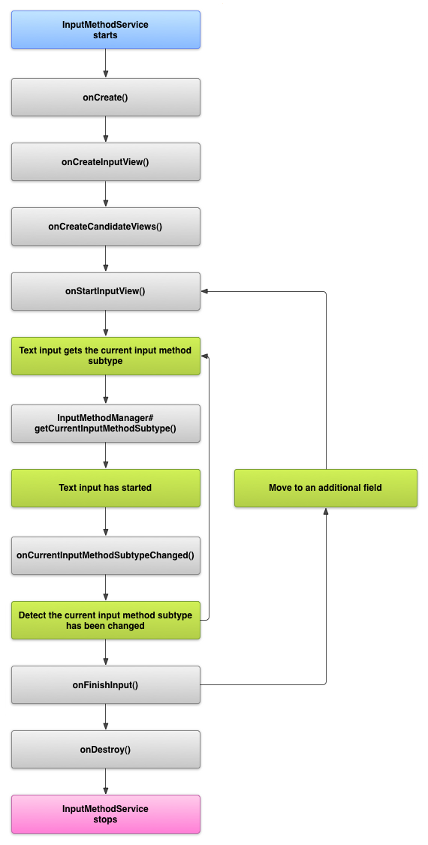Leading Mobile & web Development company which is providing Ready to publish apps & on demands application in Global Bussiness.
- 908, B Square 2, Ambli Rd, near Hotel Double tree Hilton, Vikram NagarAhmedabad-380054, Gujarat, India
- (+91) 8758432204Give us a call
- contact@initiotechmedia.com24/7 online support

Create an input method
- Sagar Gajera
- July 23, 2019
- 0
An input method editor (IME) is a user control that empowers clients to enter content. Android gives an extensible info strategy system that enables applications to give user elective information strategies, for example, on-screen consoles or even discourse input. After installing the desired IMEs, a user can select which one to use from the system settings, and use it across the entire system; only one IME may be enabled at a time.
To add an IME to the Android system, you create an Android application containing a class that extends InputMethodService. In addition, you usually create a “settings” activity that passes options to the IME service. You can also define a settings UI that’s displayed as part of the system settings./
The IME lifecycle:-
 Declare IME components in the manifest
Declare IME components in the manifestIn the Android system, an IME is an Android application that contains a special IME service. The application’s manifest file must declare the service, request the necessary permissions, provide an intent filter that matches the action action.view.InputMethod, and provide metadata that defines characteristics of the IME. In addition, to provide a settings interface that allows the user to modify the behavior of the IME, you can define a “settings” activity that can be launched from System Settings.

The following snippet declares an IME service. It requests the permission BIND_INPUT_METHOD to allow the service to connect the IME to the system, sets up an intent filter that matches the action android.view.InputMethod, and defines metadata for the IME:
WhatsApp us

